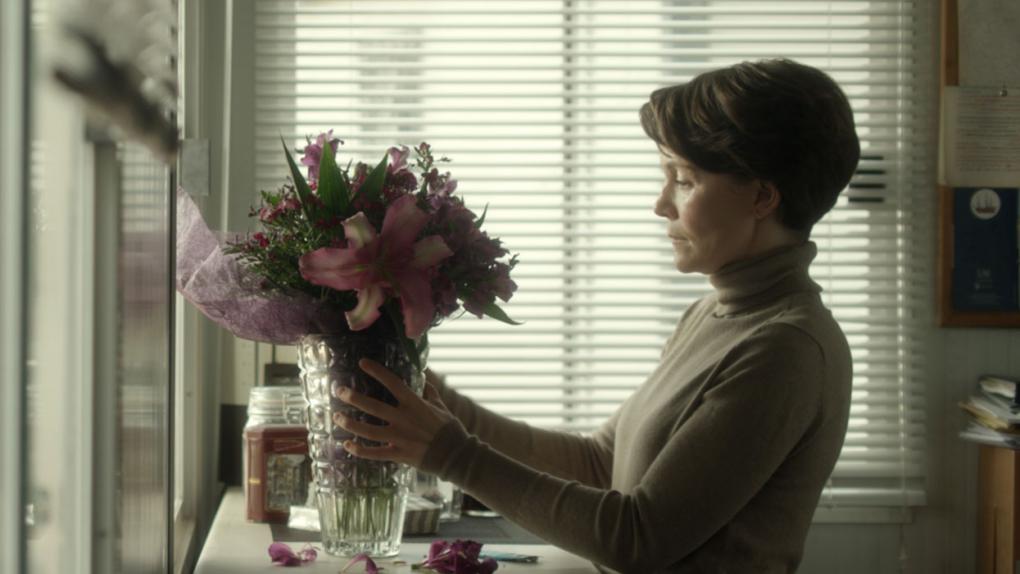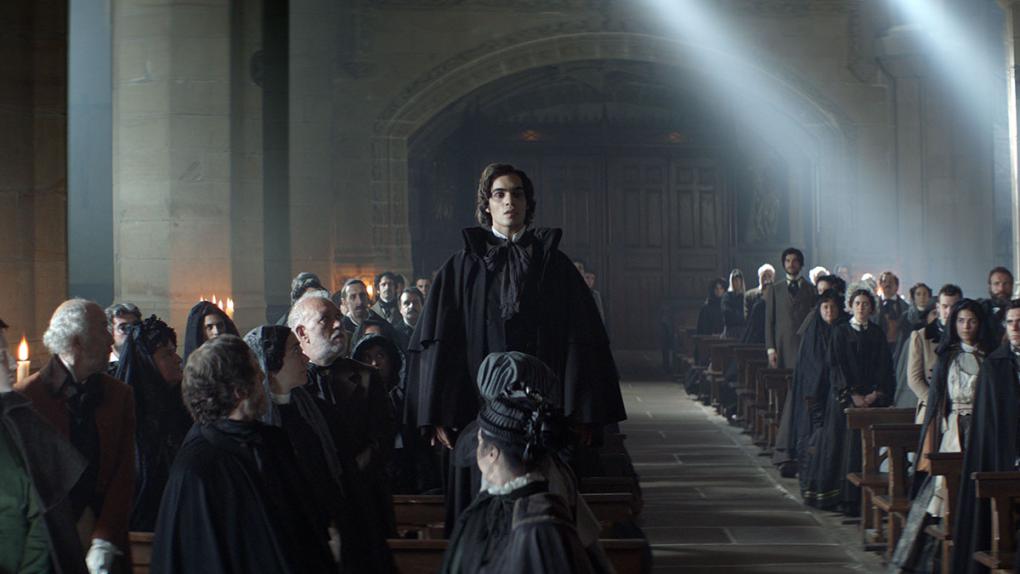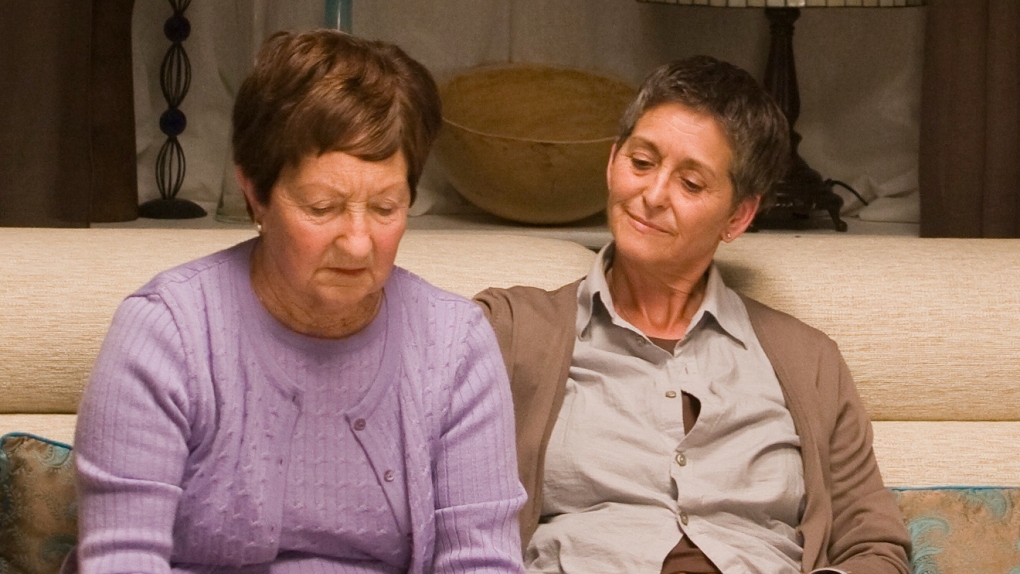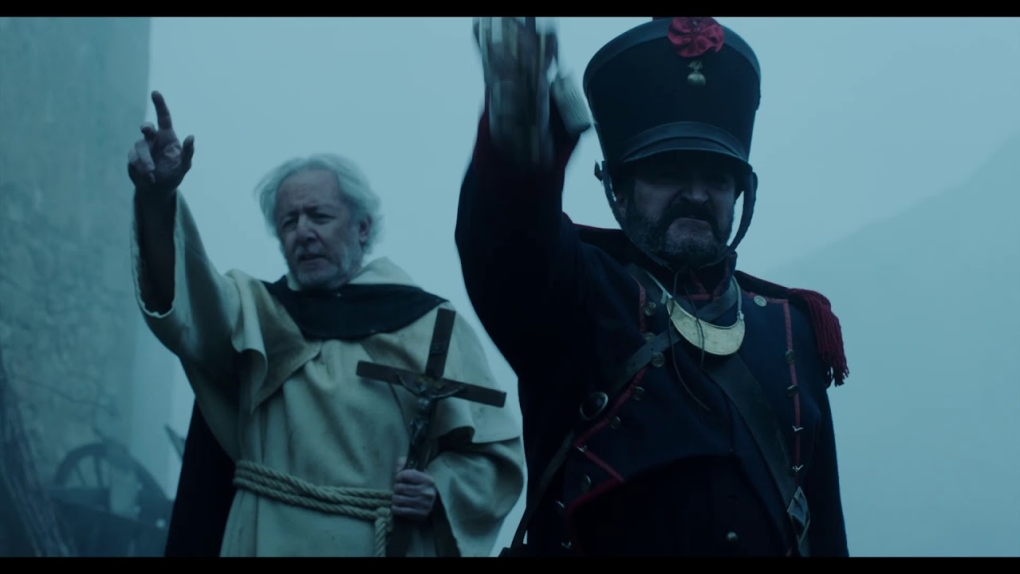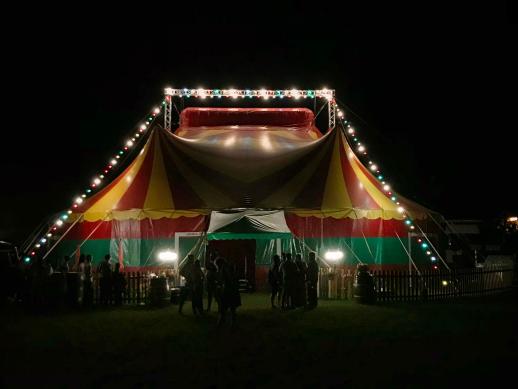Today’s Basque cinema could be compared to a brilliant spring flower: its sturdy, upright stem leads to a series of colourful petals that sparkle in the sun, and suddenly the everything around it becomes incredibly beautiful.
New Basque cinema: on flowers and giants
17 Feb 2020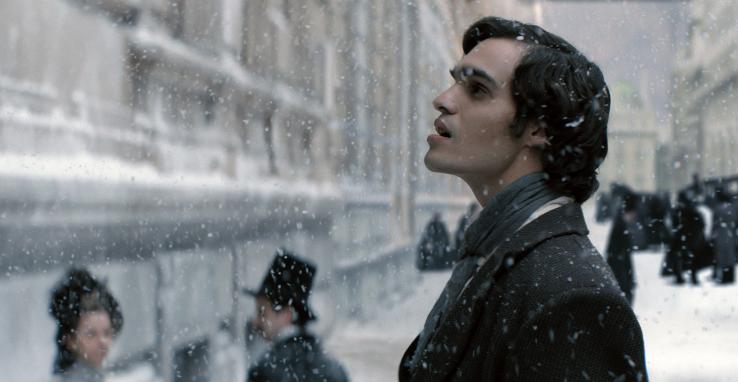
The metaphor is not gratuitous. ´Loreak´ (Jon Garaño and Jose Mari Goenaga, 2014) surprised everyone at its première at the San Sebastian International Film Festival. Shot entirely in Basque, this film about the captivating power of bouquets over the three female lead characters – Ane (Nagore Aramburu), Tere (Itziar Aizpuru) and Lourdes (Itziar Ituño) – was met with both critical and popular acclaim. This beautifully crafted drama was shortlisted for the Oscars and has enjoyed a long and splendid life. With more than 30 awards, Loreak has won more prizes than any Basque film to date.
Garaño and Goenaga are the most visible filmmaking duo from the so-called new Basque cinema. Their 2010 film, ´80 egunean´, was screened at over 100 international film festivals, including four A-list festivals. Their most recent film, ´Handia´ (2017), equally beautiful but a more ambitious production, is based on a legendary 19th century Basque character called Miguel Joaquín Eleizegui Arteaga, better known as the Giant of Altzo. ´Handia´ won 10 of the 13 nominations at the Goya Awards.
With more than 30 awards, ´Loreak´ has won more prizes than any Basque film to date.
´Loreak´ sowed the seeds of exquisite lyricism, visuals and quality. ´Handia´ gathered the harvest and told a story that inevitably reminds us of David Lynch’s The Elephant Man. Between one film and the other, between flowers and giants, Basque cinema has shown its credentials. Iratxe Fresneda, researcher and lecturer in audiovisual communication at the University of the Basque Country, sums it up nicely: "Very new and beautiful things are being done, starting out with Basque themes and real situations that embrace universal values and truths". ´Dantza´ (Telmo Esnal, 2018) is a splendid example. Based on traditional Basque dances, the cycle of life, the struggle for survival and the passage of time are represented in an amazing audiovisual display. 250 dantzaris (dancers) from 15 companies show us global themes in a film that is much more than a musical. It is a poetic journey, a journey to the very essence of our existence. It is a journey to the myths that lie beneath the earth’s surface.
´Errementari´ (Paul Urkijo, 2018) and ´Amama´ (Asier Altuna, 2015), each with its own codes and genre, also ride the waves of tradition. Combining a dose of microcosm and universalism, they have made a place for themselves in the heart of new Basque cinema. In ´Errementari´, Urkijo draws on a Basque folk tale from 1902, ‘Patxi Errementaria’, which in turn belongs to a compendium of European fables about devils who hunt human souls. ´Amama´ (English title: When a Tree Falls) uses the traditional Basque farmstead, or baserri, as both a metaphor and a way of life that is vanishing like a sugar cube in troubled waters. Altuna tackles issues like patriarchal society, morality and family from a symbolic lens charged with longing – and manages to take his message to every corner of the planet.
While the subject matter is wildly diverse, spanning a wide range of genres, there is, however, one thing in common in contemporary Basque film: the language. For the first time, the Basque language, Euskara, is a major player at the cinema. It is not a new phenomenon, per se, but the sporadic incursions in the first decade of the 2000s are now taken for granted.
Without another Basque film-making duo, Asier Altuna and Telmo Esnal, we probably wouldn’t be where we are today. In 2005, they achieved unexpected success with the delightful comedy ´Aupa Etxebeste!´, which drew 70,000 spectators to the box office. The story of a family forced to spend their holidays locked inside the house instead of on the Mediterranean won over the Basque audience. "We thought it would work as a comedy. We watched it at the advance screening for the crew. But we didn’t know if it would run for a week or a month", recalled Xabier Berzosa, one of the film’s producers. "Much less that it would become almost a cult movie", added co-producer Iñaki Gómez. The challenge then was to succeed outside the Basque Country. In the first decade of 2000 other films were made in Basque, such as ´Kutsidazu bidea, Ixabel´ (Fernando Bernués and Mireia Gabilondo, 2006) and ´Ander´ (Roberto Castón, 2009). Driven by the ´Loreak´ effect and with Euskera completely standardized in Basque film productions, Asier Altuna and Telmo Esnal released their sequel, ´Agur Etxebeste´, 14 years later.
Animation has long been fertile ground (´Gartxot´, ´Kalabaza tripontzia´, ´Ipar haizearen erronka´…) in Basque cinema. In 2018, the multifaceted Fermín Muguruza dared to make ´Black is Beltza´ (2018), an animation movie for adults, creating a frenetic story that blends together soul music and the tumultuous revolutions of 1960s USA. Iratxe Fresneda, a filmmaker herself (director of the documentaries ´Irrintziaren Oihartzunak´, 2016, and ´Lurralde hotzak´, 2018), underlines the diversity of films being made in Basque and the rise of more experimental and out-of-the-ordinary projects. San Sebastian director Koldo Almandoz immediately comes to mind. After earning his stripes with short films, in 2018 his film ´Oreina´ featured in the New Directors section of the San Sebastian International Film Festival. Almandoz belongs to a generation of Basque filmmakers (Telmo Esnal, Jose Mari Goenaga, Aitor Arregi, Jon Garaño) who for years have been active in the Kimuak short film programme, sponsored by the Basque Film Library and the Etxepare Basque Institute. One of its latest representatives is Maider Fernández whose film ´Gure hormek´, co-directed with María Elorza, was nominated for a Goya in 2019 for Best Documentary Short Film.
